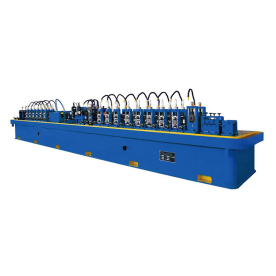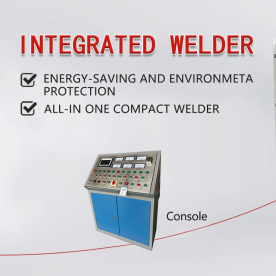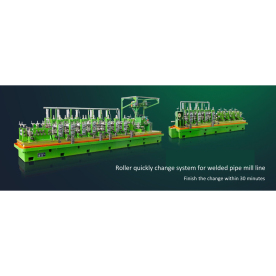[High frequency welder for metal]Exploring the Benefits and Applications of High Frequency Welders for Metal: A Comprehensive Guide
News 2024-10-22

Exploring the Benefits and Applications of High Frequency Welders for Metal: A Comprehensive Guide
Understanding High Frequency Welding
Before diving into the specifics, it’s essential to understand the underlying principles of high frequency welding. The process involves the application of high-frequency energy, typically ranging from 13.56 MHz to 27.12 MHz, to the metal being worked on. The electromagnetic waves cause the molecules within the metal to oscillate, generating localized heating due to molecular friction. This process is exceptionally efficient and can be precisely controlled, making it ideal for various applications.
Benefits of High Frequency Welders
1. **Speed and Efficiency**: One of the primary advantages of high frequency welding is its speed. Traditional welding techniques may require significantly longer times to heat up materials and create a weld. In contrast, high frequency welders can achieve welds in a matter of seconds, which significantly reduces production time and increases output.
2. **Consistent Quality**: High frequency welding offers a remarkable level of control over the weld process. This technology minimizes human error and ensures consistent quality in the final product. Factors such as heat input and pressure can be meticulously controlled, leading to stronger, more reliable welds.
3. **Reduced Heat Affected Zone (HAZ)**: The localized heating produced in high frequency welding results in a smaller heat affected zone compared to other welding methods. This is particularly beneficial when working with materials that can be affected by heat, as the risk of warping or damaging surrounding materials is minimized.
4. **Versatility**: High frequency welders are versatile and can be utilized on a variety of metal types, including stainless steel, aluminum, and copper. Their adaptability allows manufacturers to use a single welding system for multiple projects, simplifying equipment needs and reducing costs.
5. **Eco-Friendly Process**: High frequency welding is considered an environmentally friendly method, as it typically produces minimal waste. Additionally, the energy-efficient nature of the process requires less energy compared to traditional welding techniques, contributing to reduced operational costs and a smaller carbon footprint.
Applications in Various Industries
High frequency welders find applications across numerous sectors, including:
1. **Automotive Manufacturing**: In the automotive industry, high frequency welding is utilized to create durable and lightweight structures. Components such as exhaust systems and fuel tanks benefit from the speed and precision offered by this method, ensuring that parts can be produced rapidly and to high quality standards.
2. **Aerospace Engineering**: The aerospace sector demands the highest quality standards due to safety implications. High frequency welders provide the reliability and strength needed for critical components, making them a preferred choice in this industry.
3. **Construction**: High frequency welding is also prevalent in the construction industry, particularly for joining metal components in large structures. The strength and rapid production speed help streamline construction processes, allowing projects to be completed more efficiently.

Exploring the Benefits and Applications of High Frequency Welders for Metal: A Comprehensive Guide
Conclusion

